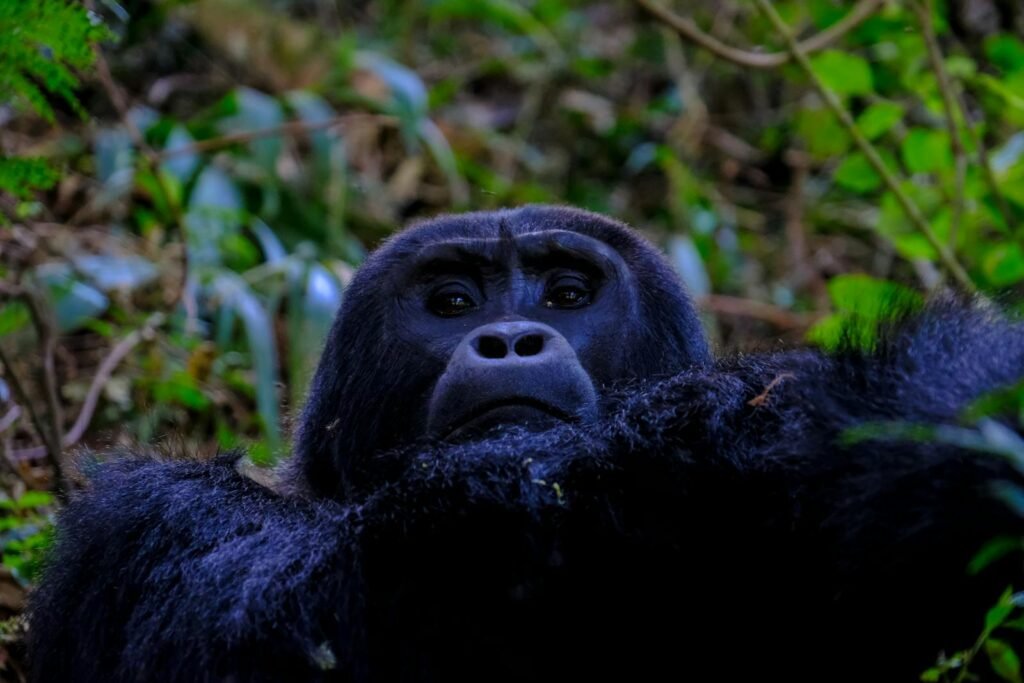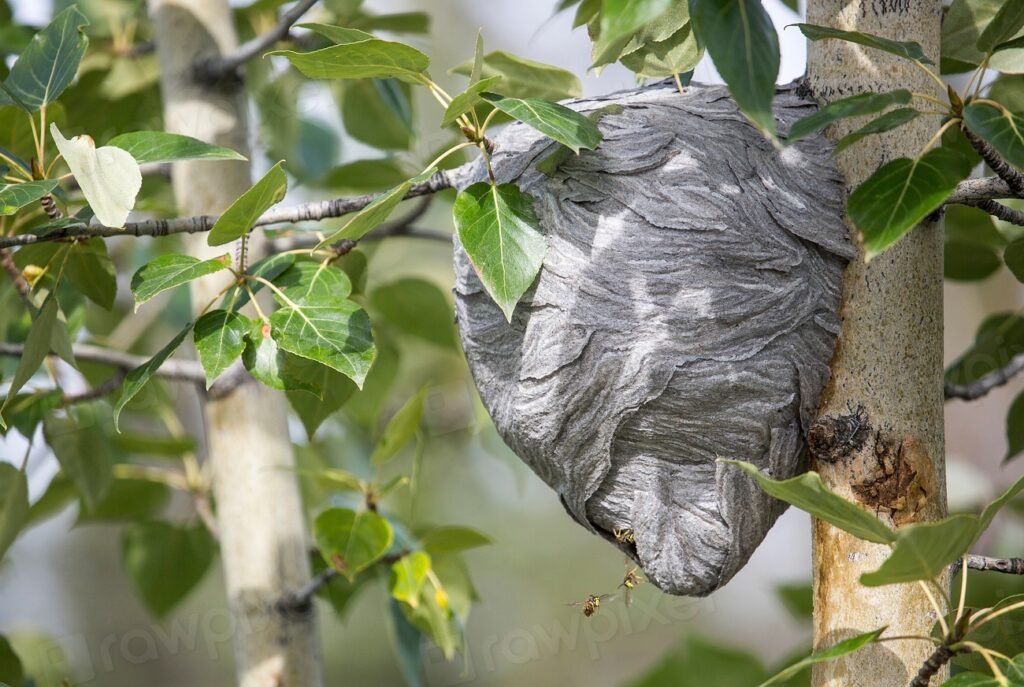Have you ever imagined dinosaurs roaming the same lands that would later become crossroads of ancient traders, silk merchants, and explorers? Tashkent, the vibrant heart of Uzbekistan, hides beneath its sunbaked hills a prehistoric secret: fossil beds that whisper stories from a time before the Silk Road was even a dream. These rugged lands once teemed with creatures so astonishing, their bones are still being unearthed today, sparking awe and curiosity in every scientist and traveler who stumbles upon them. Picture this—giant lizards lumbering across floodplains, their footprints pressed into muddy earth that turned to stone, just waiting to be rediscovered. The echoes of their existence linger not in museums or textbooks, but in the wild, dusty ridges at the edge of Tashkent, where every new fossil feels like a message from a lost world.
The Geographic Marvel of Tashkent’s Fossil Sites
Tashkent’s landscape is a mosaic of steppe, rolling hills, and river valleys, each layer hiding secrets millions of years old. The fossil beds are located near the Chatkal and Kurama mountain ranges, where ancient sedimentary rocks have been exposed by wind and water over eons. These natural outcrops are more than just pretty scenery—they’re a treasure trove for paleontologists. Walking across these beds feels like stepping into a time warp, with scattered bones and fossilized footprints peeking through the dust. The unique geology of the region has preserved fossils in remarkable detail, offering a glimpse into the diverse environments that once flourished here, from lush swamps to arid plains.
A Time Before Silk: The Age of Dinosaurs in Central Asia

Long before caravans and camels, Central Asia was a wild frontier for dinosaurs. During the Jurassic and Cretaceous periods, roughly 150 to 70 million years ago, this region was a patchwork of rivers, lakes, and forests. Dinosaurs like hadrosaurs, sauropods, and even fearsome theropods made their homes here, leaving behind bones and teeth that would eventually turn to stone. The climate then was nothing like the arid steppe we know today. Instead, it was a lush, warm ecosystem, brimming with life and providing the perfect conditions for fossilization. The sheer variety of fossils found in Tashkent’s beds is a testament to this dynamic past.
How Fossils Are Formed: Nature’s Time Capsules
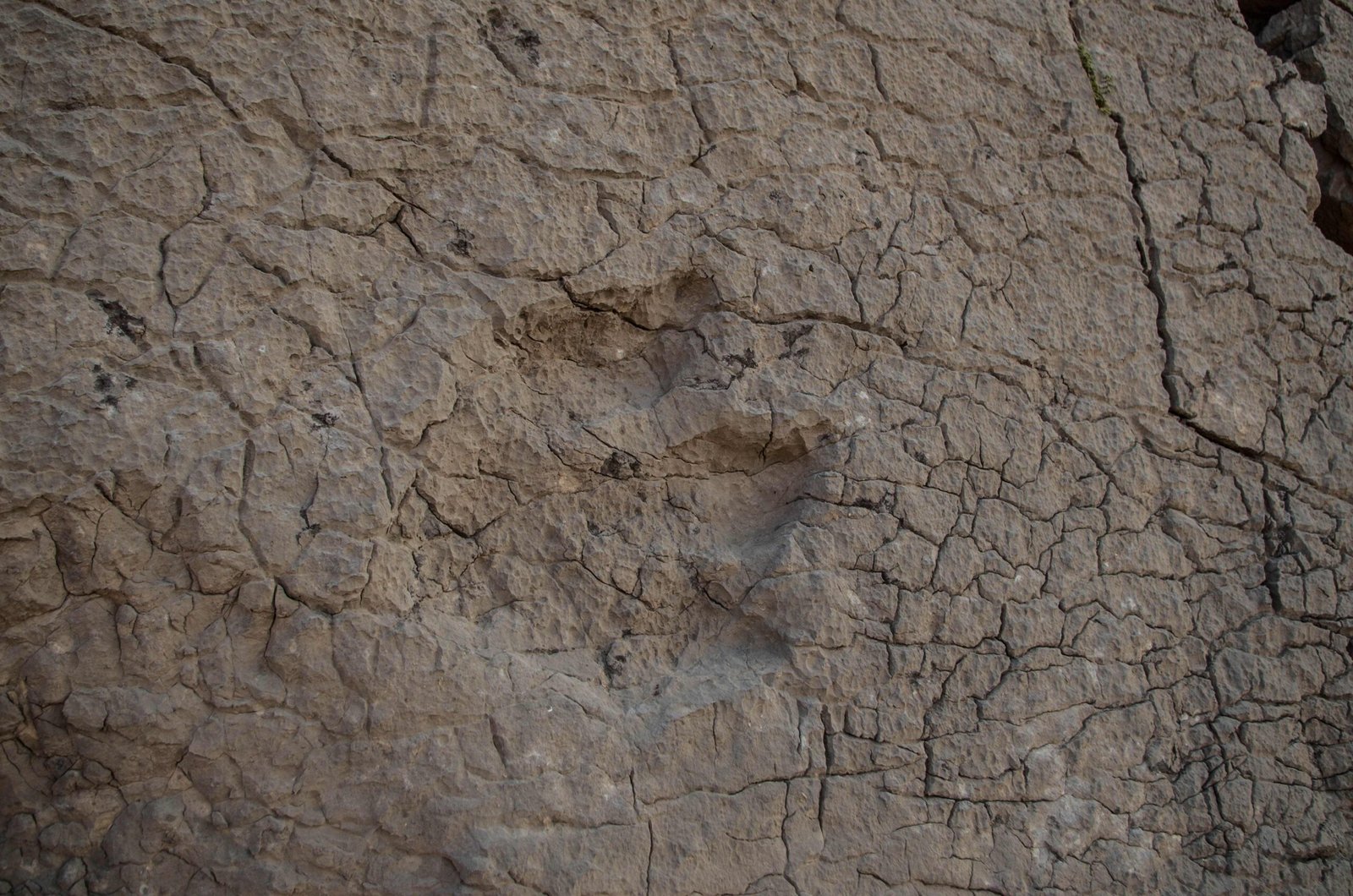
The process of fossilization is a delicate dance between life, death, and the elements. When dinosaurs died, their bodies often ended up in riverbeds or floodplains, where mud and silt quickly covered their remains. Over millions of years, minerals seeped into the bones, replacing organic material and turning them into stone. In Tashkent, unique sediment layers—rich in volcanic ash and minerals—created perfect conditions for preserving even the tiniest details, like skin impressions or tooth ridges. Finding a fossil here is like opening a time capsule; every bone tells a story about ancient environments and the creatures that called them home.
The First Discoveries: Uncovering Prehistoric Giants
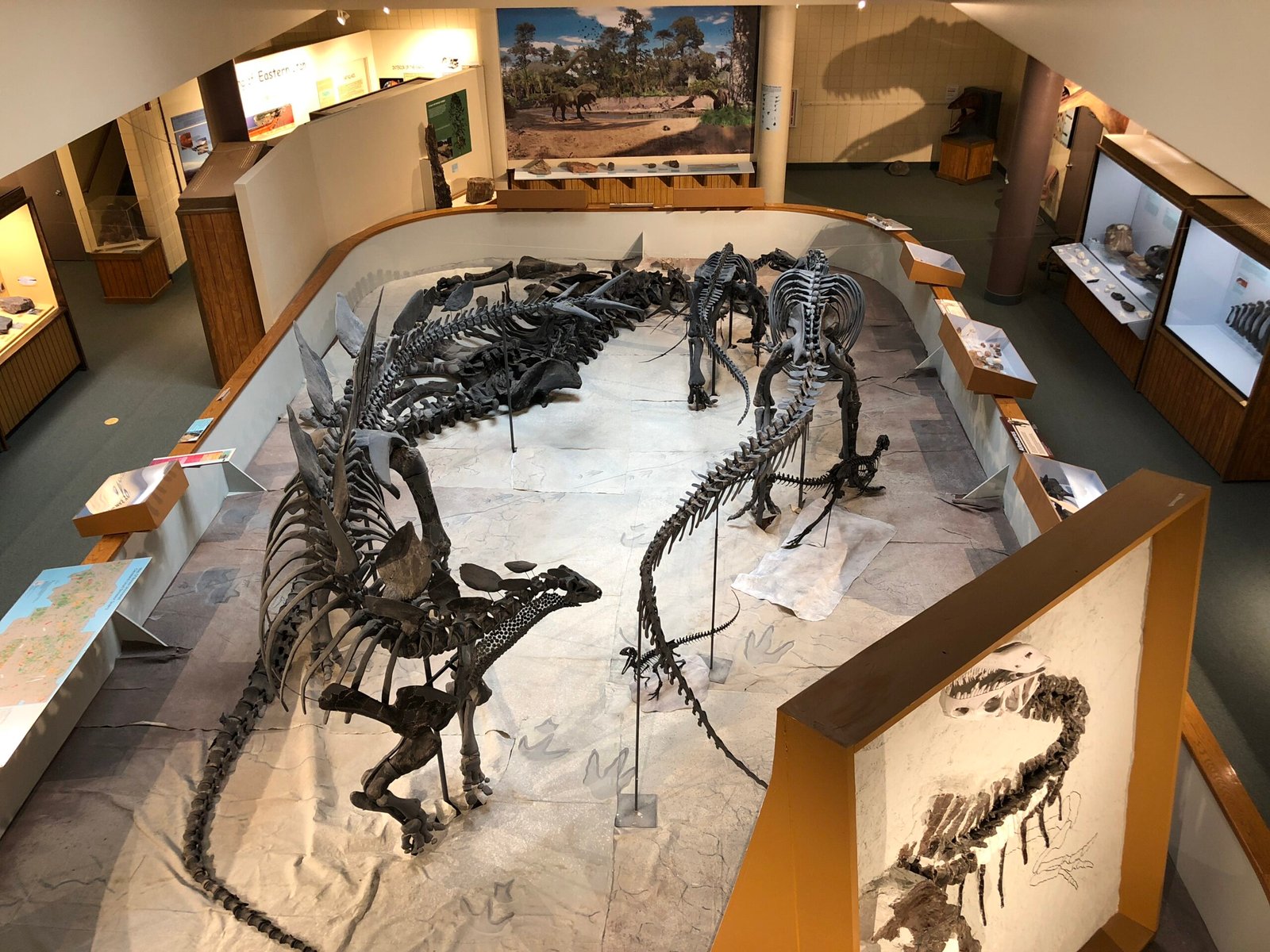
The earliest reports of dinosaur fossils near Tashkent date back to the late 19th and early 20th centuries, when Russian explorers and geologists first began surveying the region. Their discoveries were met with wonder and skepticism—could these really be the bones of ancient monsters? As paleontology advanced, scientists confirmed that the rocks of Tashkent held genuine dinosaur remains. Some of the first fossils included massive femurs and vertebrae, hinting at creatures that dwarfed even the largest animals alive today. These early finds set off a wave of exploration, drawing researchers from across the world to the remote hills of Uzbekistan.
Local Legends and Fossil Lore

Long before scientists arrived with chisels and notebooks, local people told stories about the strange bones and stones they found in the hills. Some believed they were the remains of dragons or ancient heroes, while others thought they were the bones of giants who once walked the earth. These legends, passed down through generations, added a layer of mystery and reverence to the fossil beds. Even today, local shepherds and children sometimes stumble upon fossilized bones, reigniting old tales and sparking new curiosity about Tashkent’s prehistoric past.
Dinosaur Diversity: The Stars of Tashkent’s Fossil Record
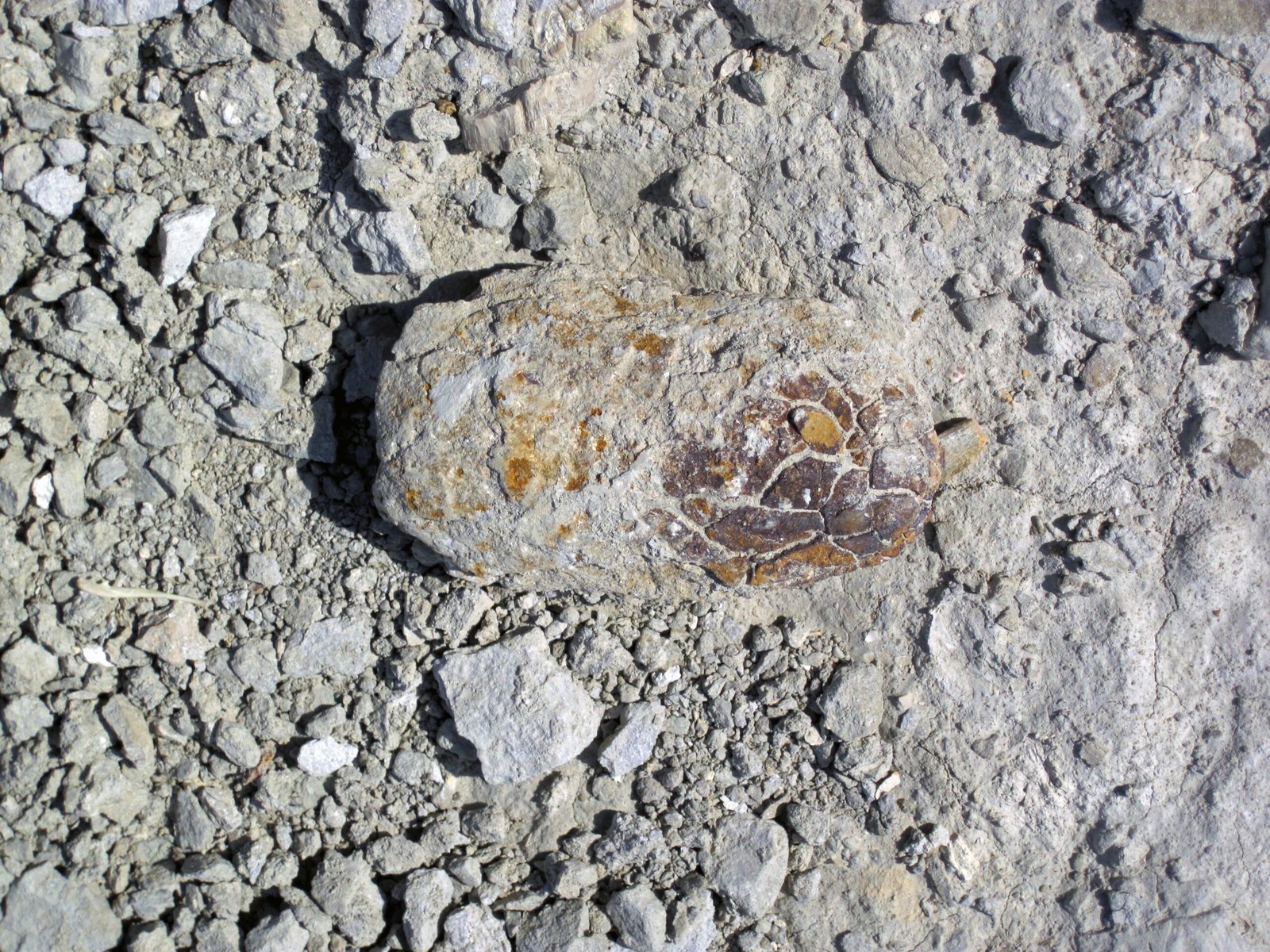
Tashkent’s fossil beds are a paleontologist’s dream, offering up a dazzling array of dinosaur species. Among the most famous are the duck-billed hadrosaurs, known for their strange, flat snouts and herding behavior. Fossils of armored ankylosaurs and swift, bird-like theropods have also been found, painting a picture of a vibrant, competitive ecosystem. These dinosaurs weren’t the only inhabitants—fossilized fish, turtles, and ancient plants have been uncovered as well, revealing a complex web of life that thrived alongside the giants. Each new discovery adds a piece to the puzzle, helping scientists reconstruct this lost world in vivid detail.
Tools of the Trade: How Paleontologists Explore the Beds
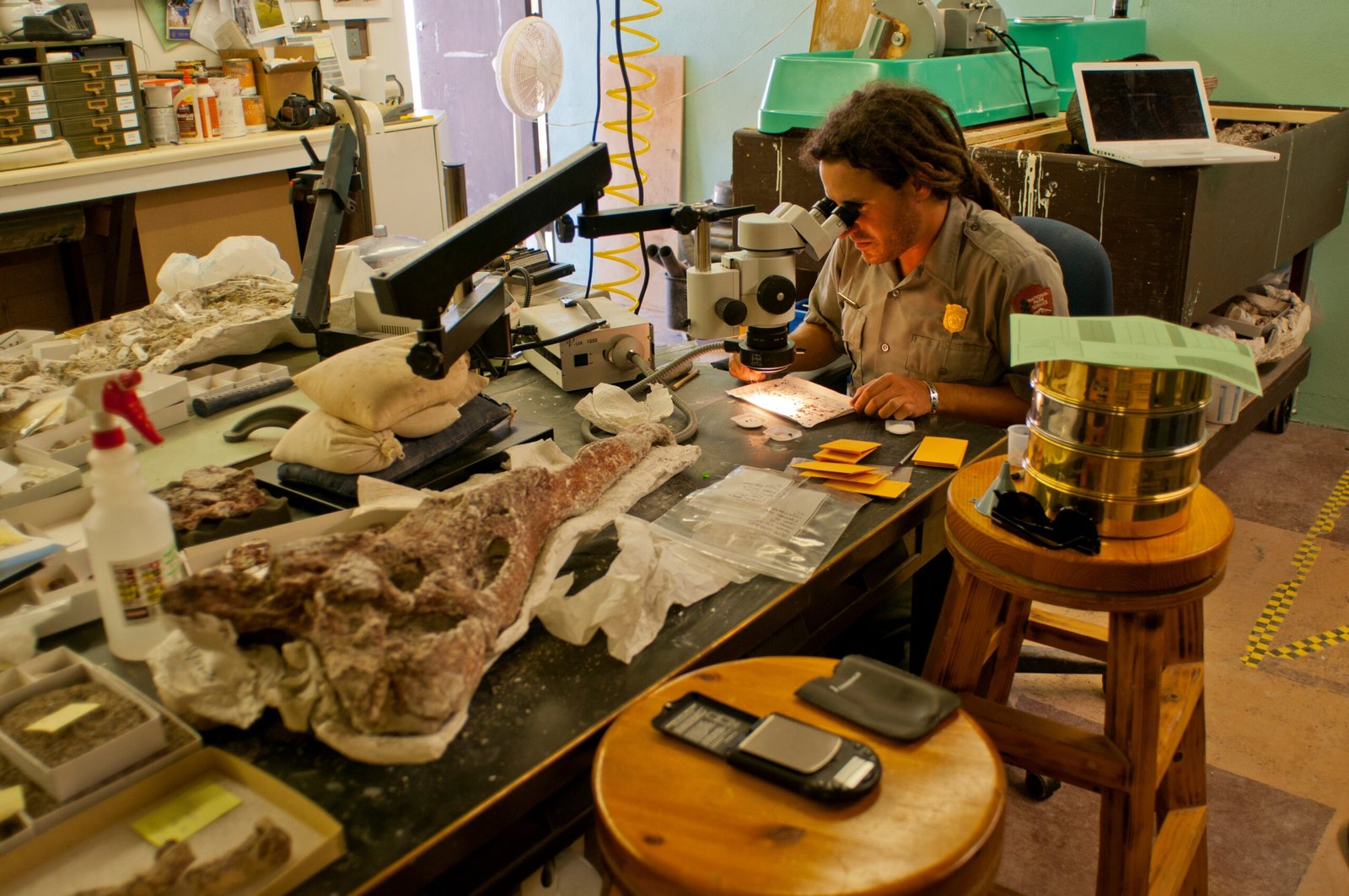
Uncovering fossils is painstaking work that blends science with a bit of luck and a lot of patience. Paleontologists use everything from pickaxes and shovels to tiny brushes and dental tools, carefully removing layers of rock without damaging the precious bones inside. In Tashkent, the harsh climate and rugged terrain make fieldwork especially challenging, but the rewards are worth it. Detailed mapping, photography, and 3D scanning are used to document finds, while lab analysis helps identify species and reconstruct ancient environments. Each expedition is a race against time and weather, as erosion and human activity threaten to expose—or destroy—delicate fossils.
Unexpected Discoveries: Fossilized Footprints and Eggs
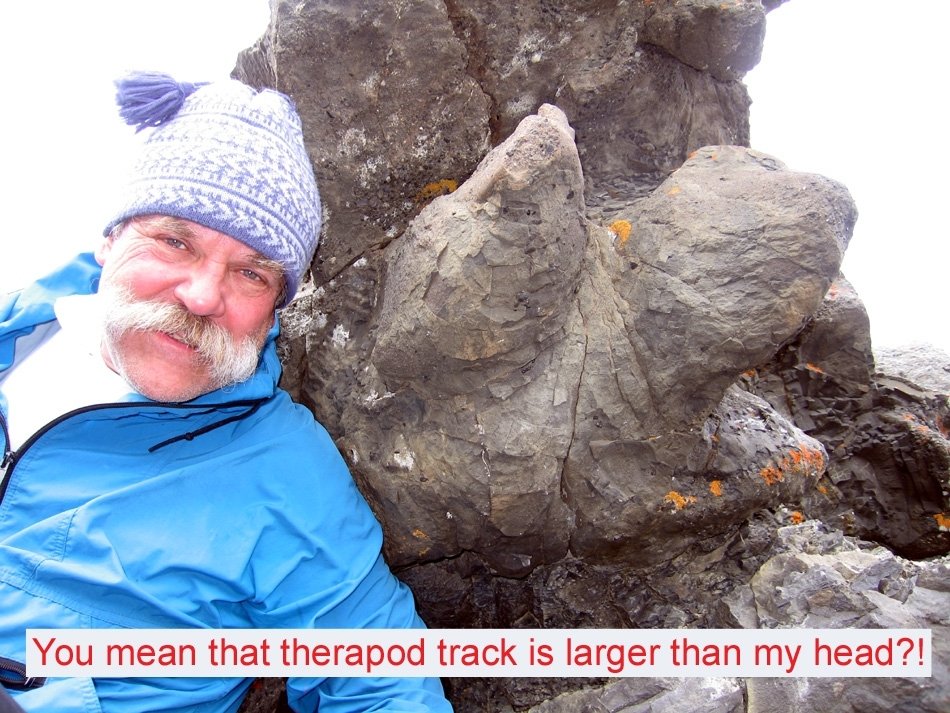
Not all fossils are bones. In Tashkent, paleontologists have stumbled upon remarkable dinosaur footprints, preserved in hardened mudstone like signatures left behind in wet cement. These ancient tracks reveal how dinosaurs moved, hunted, and interacted with their environment. Even more astonishing are the rare fossilized eggs and nests uncovered in the region, offering a glimpse into dinosaur parenting and breeding behavior. Such finds are rare and valuable, providing clues about species diversity and the challenges of raising young in a dangerous world.
Fossils and Ancient Environments: Reconstructing Lost Worlds

Each fossil is a puzzle piece in the grand mosaic of Earth’s history. By studying the rocks, sediments, and fossils together, scientists can reconstruct ancient landscapes with surprising accuracy. In Tashkent, evidence points to seasonal rivers, dense forests, and even periods of drought. Plant fossils, like ferns and conifers, show what the dinosaurs ate, while pollen grains reveal shifts in climate over millions of years. The presence of both aquatic and land-dwelling animals paints a picture of a thriving, interconnected ecosystem—one that changed dramatically as continents drifted and climates shifted.
The Silk Road Connection: Fossils on Trade Routes
It’s poetic to think that the same lands once crossed by dinosaurs would, millions of years later, become a hub for Silk Road traders and explorers. Some early travelers may have unknowingly passed fossil beds, perhaps even picking up strange stones as curiosities. In fact, ancient fossils have sometimes been mistaken for magical talismans or relics by people traveling these routes. Today, the proximity of the fossil beds to the famous Silk Road adds a magical layer of connection between natural and human history, making Tashkent a unique crossroads of past and present.
Paleontological Research: Global Collaboration in Uzbekistan
Modern research in Tashkent’s dinosaur beds is an international affair, bringing together scientists from Uzbekistan, Russia, Europe, and beyond. Collaborative expeditions have led to major discoveries and scientific breakthroughs, with new species described and old mysteries revisited. Universities and museums in Tashkent are actively involved in training the next generation of paleontologists, ensuring that the legacy of research continues. The flow of ideas, data, and expertise across borders reflects the spirit of the Silk Road itself—a meeting place of cultures and knowledge.
Conservation Challenges: Fossils at Risk
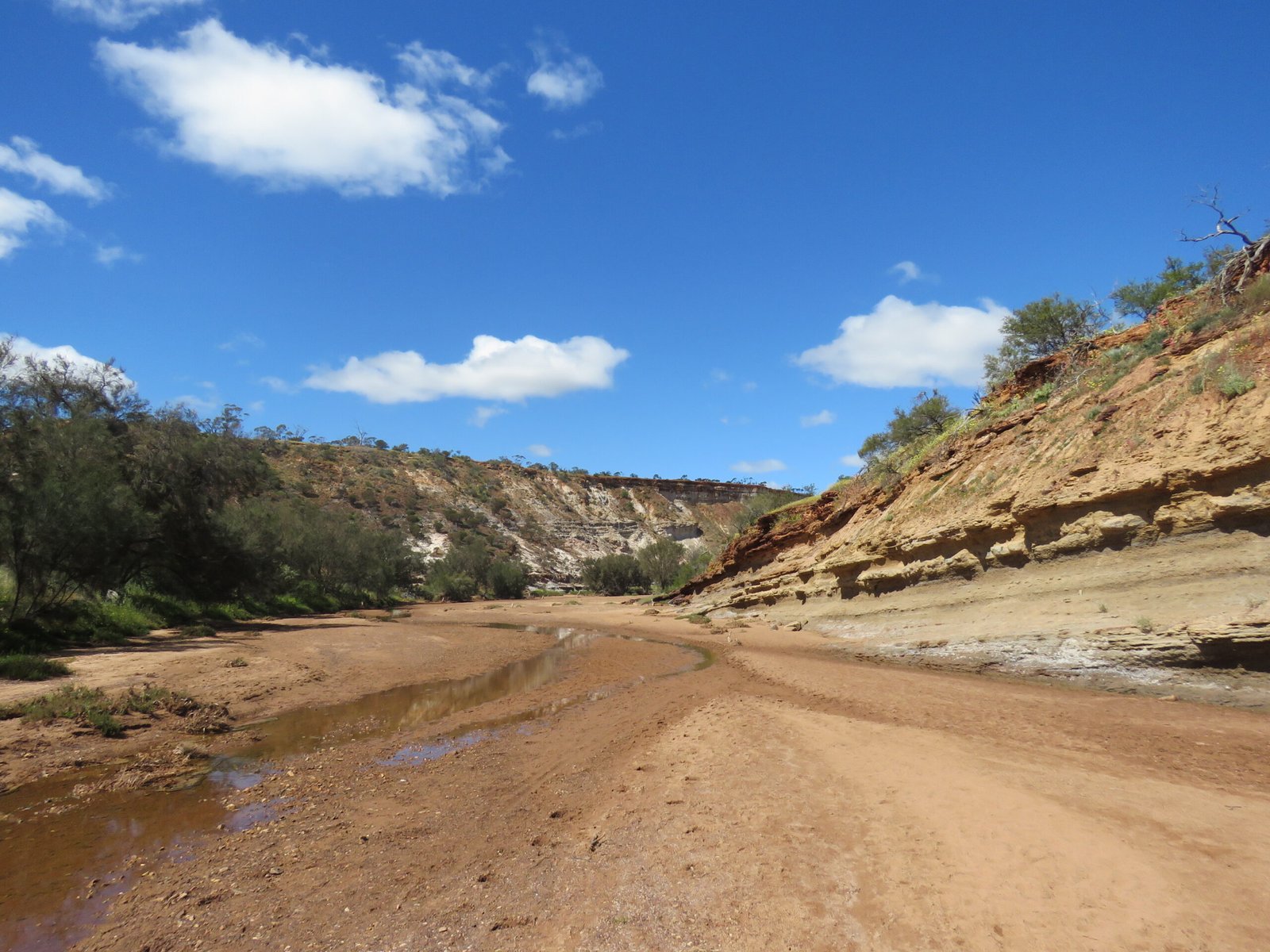
Despite their scientific value, Tashkent’s fossil beds face serious threats from erosion, illegal collection, and urban development. Fossils exposed on the surface can be damaged by rain, wind, or even curious visitors. Unregulated digging has destroyed important sites, robbing scientists of critical data. Efforts to protect these ancient treasures include local education programs, government regulations, and partnerships with international conservation groups. Preserving the fossil beds is not just about saving bones—it’s about safeguarding a chapter of our planet’s story for future generations.
Fossils in the Public Eye: Museums and Exhibitions
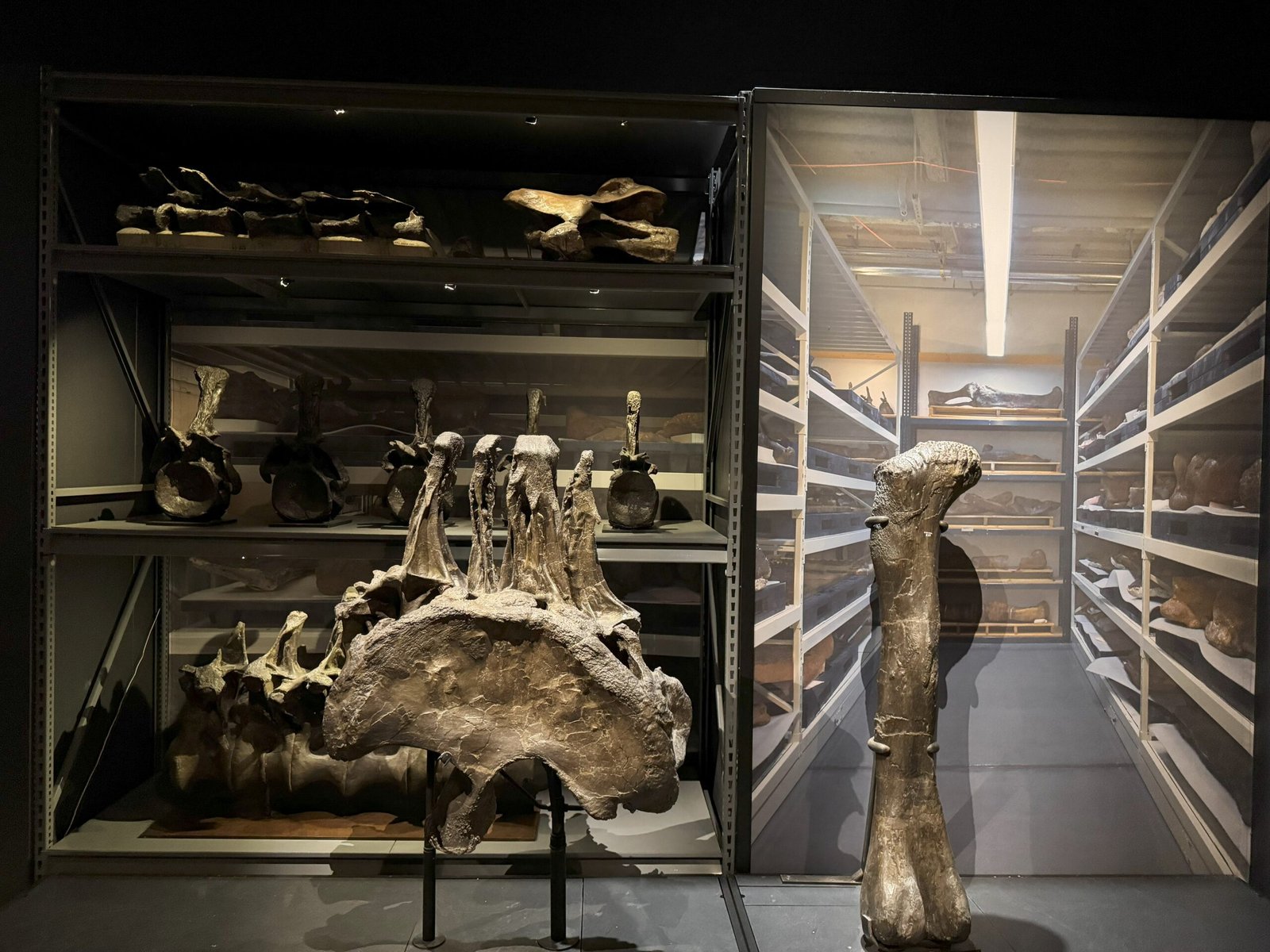
Tashkent’s museums play a vital role in bringing the region’s prehistoric past to life. Dinosaur fossils, skeletons, and reconstructions are displayed in carefully curated exhibits, inspiring awe and curiosity in visitors of all ages. Educational programs, guided tours, and interactive displays help demystify the science of paleontology, making it accessible to everyone. These public spaces are more than just showcases—they are bridges between past and present, fostering a sense of wonder and stewardship for the natural world.
Local Communities and the Fossil Economy
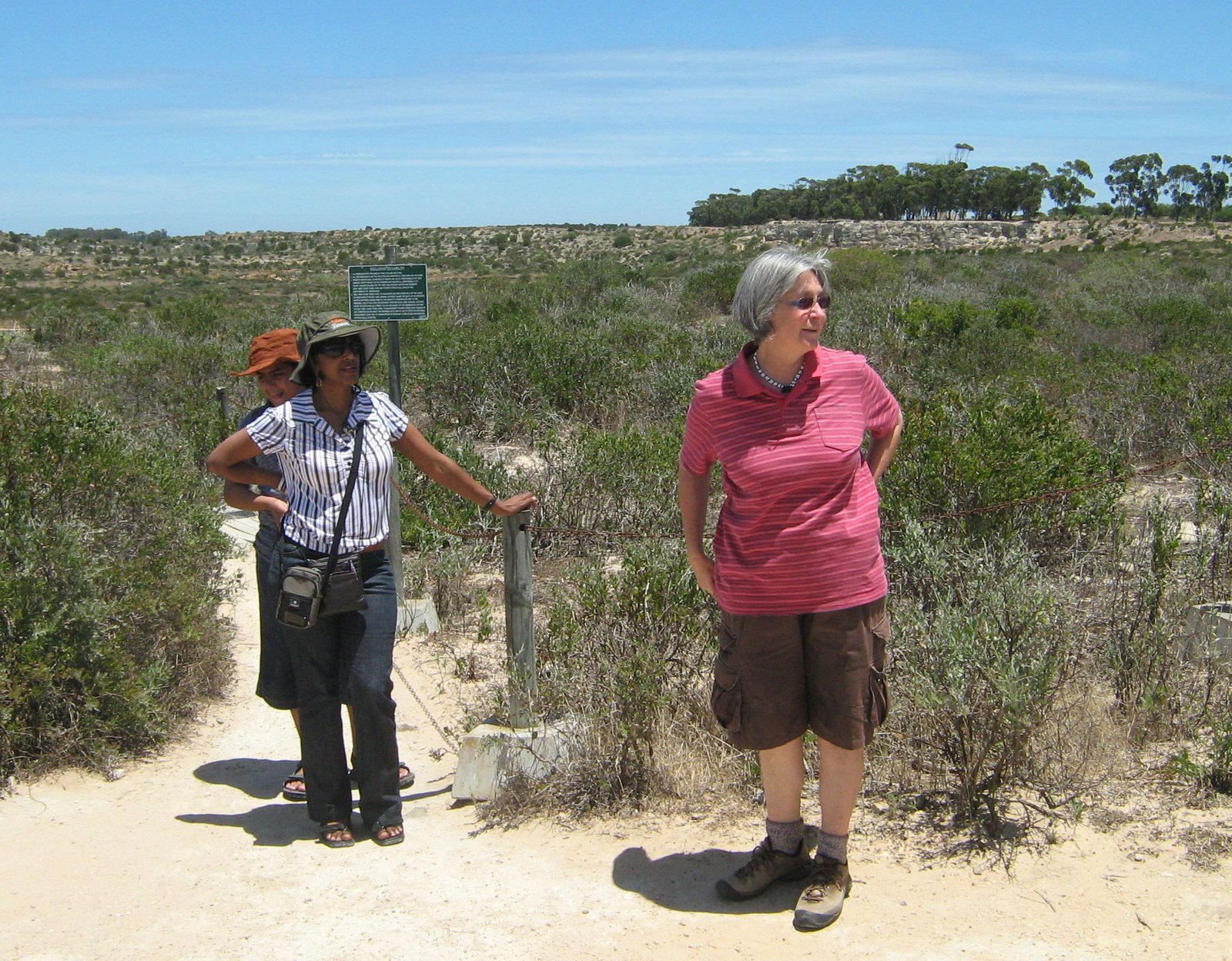
For many people living near the fossil beds, these ancient remains are more than scientific curiosities—they are part of daily life. Local guides and entrepreneurs offer fossil-hunting tours, while artisans sometimes craft jewelry or souvenirs from fossilized material. While this can bring much-needed income to rural areas, it also raises questions about sustainability and preservation. Balancing the needs of communities with the demands of science and conservation is a delicate act, requiring dialogue and cooperation at every level.
Education and Outreach: Inspiring Future Scientists
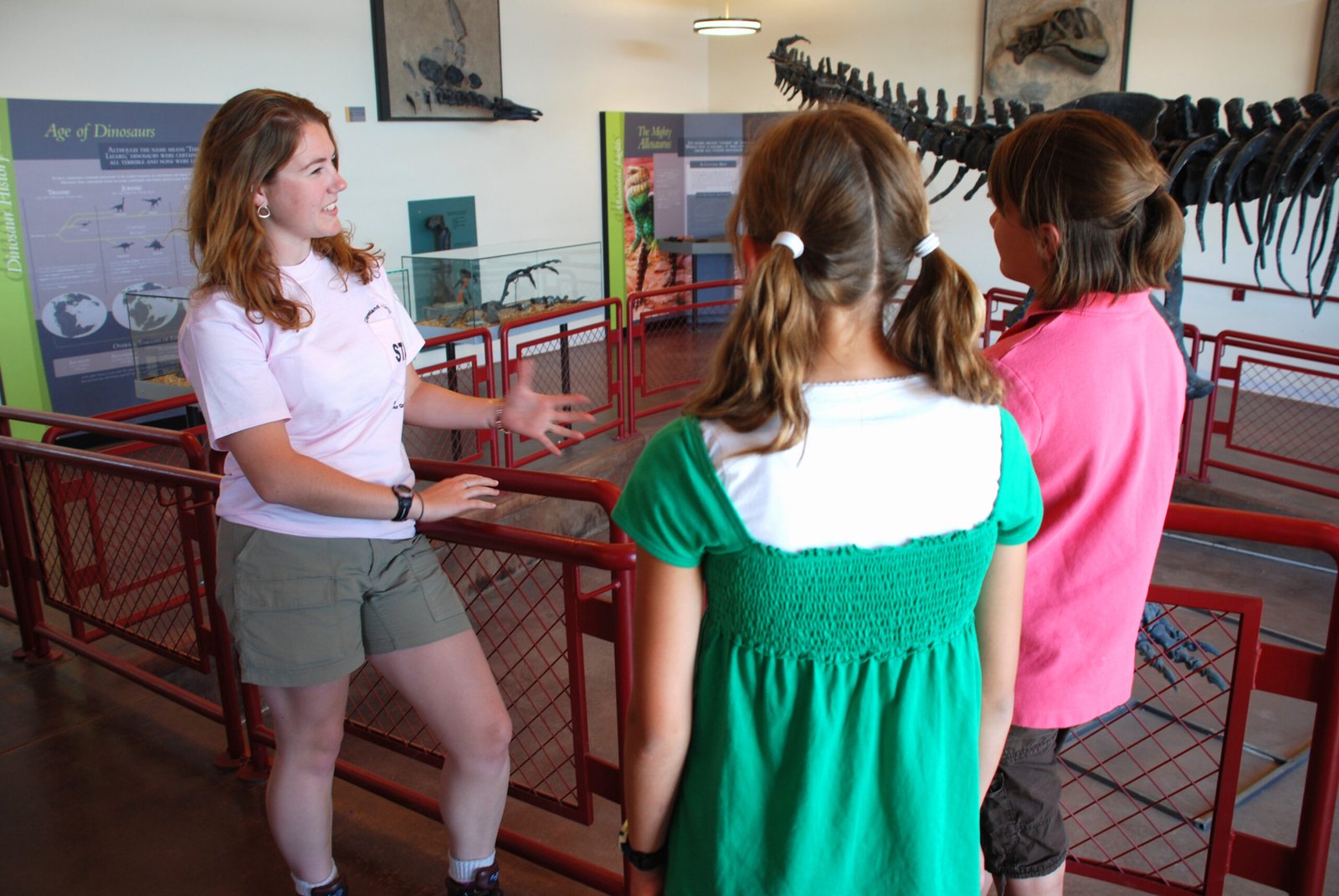
Tashkent’s dinosaur beds offer a powerful platform for education, inspiring students and young scientists to explore the wonders of prehistory. Schools and universities organize field trips, workshops, and fossil digs, giving hands-on experience to the next generation. Local educators collaborate with scientists to produce curricula and learning materials rooted in real-world discoveries. These efforts plant seeds of curiosity and respect for science, encouraging more young people to pursue careers in paleontology, geology, and conservation.
Cutting-Edge Science: What We’ve Learned from Tashkent’s Fossils
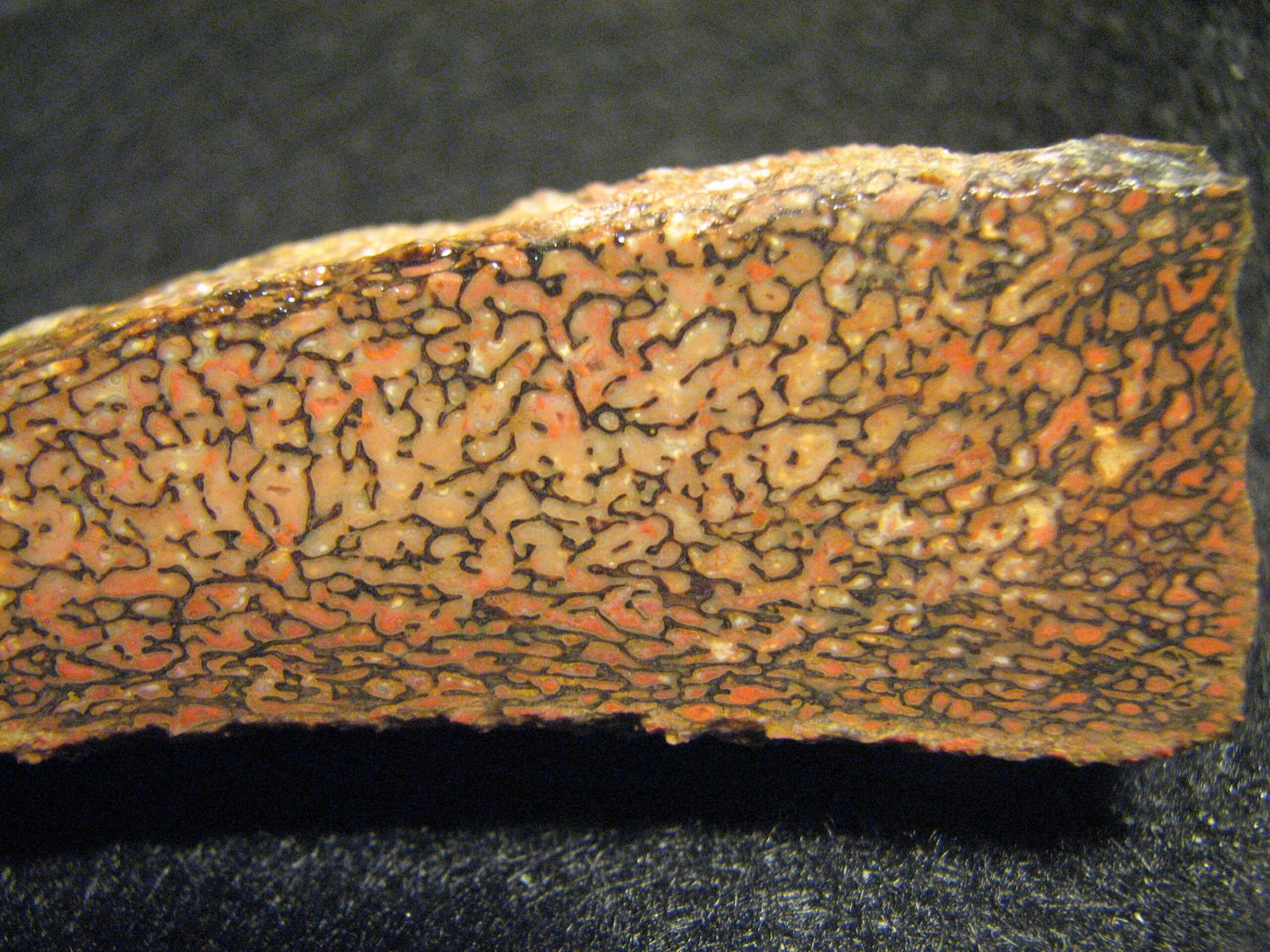
Research on Tashkent’s fossils has led to surprising insights into dinosaur evolution and adaptation. For example, studies of bone microstructure have revealed how certain species survived harsh climates, while isotopic analysis sheds light on ancient diets and migration patterns. The discovery of new species has challenged old assumptions about dinosaur diversity in Central Asia, opening up new questions about how these animals spread and evolved across continents. Every fossil find is a piece of a much larger puzzle, helping scientists understand the grand tapestry of life on Earth.
International Spotlight: Tashkent on the Global Fossil Map
In recent years, Tashkent’s fossil beds have attracted growing attention from the global scientific community. International conferences, joint expeditions, and published studies have helped put Uzbekistan on the map as a hotspot for dinosaur research. This recognition has sparked interest from tourists, students, and even filmmakers, eager to capture the region’s unique blend of history and mystery. As Tashkent continues to share its prehistoric treasures with the world, it joins the ranks of other legendary fossil sites, like the Gobi Desert and North America’s badlands.
The Human Connection: Standing in the Footprints of Giants
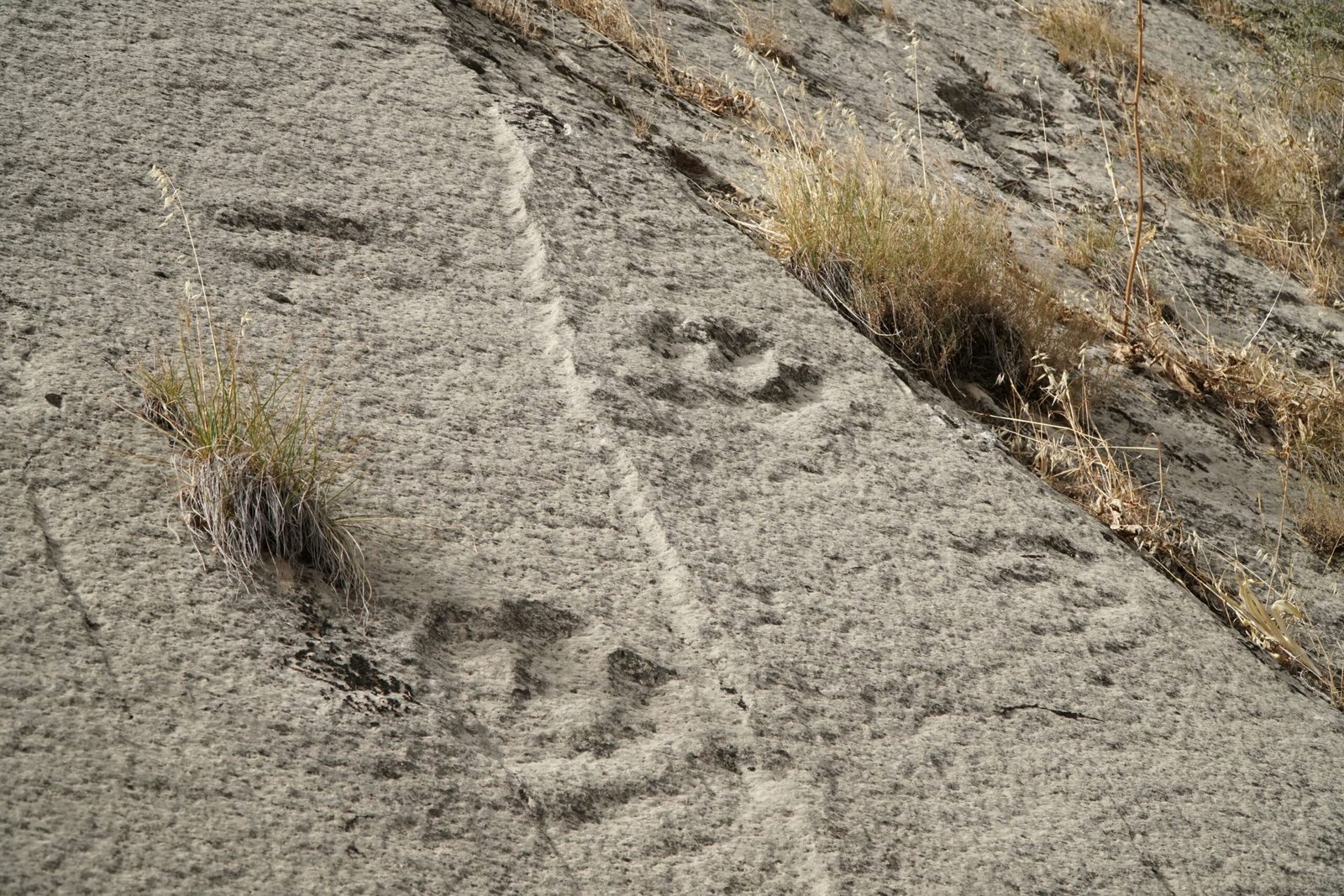
There’s something humbling and exhilarating about holding a piece of ancient bone in your hand, knowing it once belonged to a creature that roamed the land long before humans. For many visitors and researchers, Tashkent’s dinosaur beds are more than a scientific curiosity—they are a reminder of our own place in the story of life. Standing in the shadows of the Silk Road, surrounded by the bones of giants, it’s impossible not to feel a sense of wonder and connection to the deep past.
The Ongoing Quest: What Remains to Be Discovered?
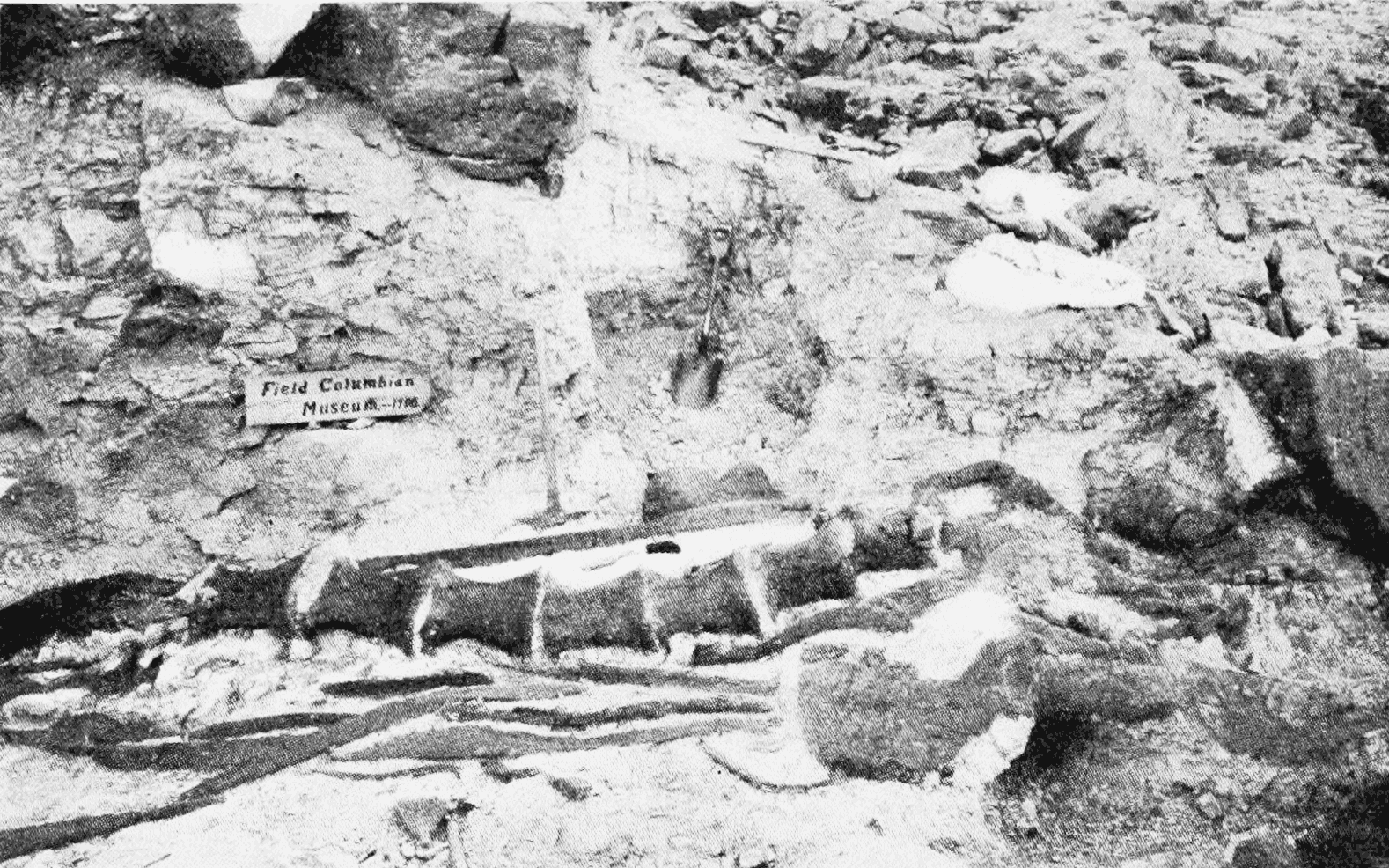
Despite decades of research, Tashkent’s fossil beds still hold many secrets. New discoveries are made every season, from unidentified species to clues about ancient climates and ecosystems. Advances in technology, like ground-penetrating radar and digital modeling, promise to unlock even more knowledge hidden beneath the surface. The thrill of exploration, the possibility of finding something truly groundbreaking, keeps scientists and dreamers coming back year after year.
Reflections from the Shadows of the Silk Road
The fossil beds of Tashkent are more than relics—they’re living stories, etched in stone and soil, tying together the worlds of dinosaurs and humans, science and legend, past and present. Every bone, track, and fossilized egg is a reminder that the land beneath our feet is full of mysteries, waiting for curious minds to uncover them. Do you ever wonder what other secrets might lie hidden in the shadows of your own backyard?


